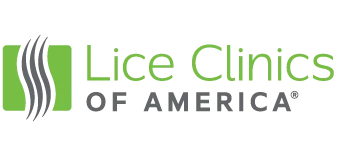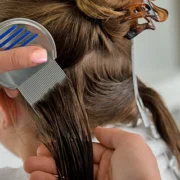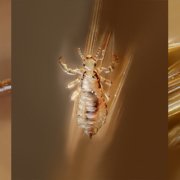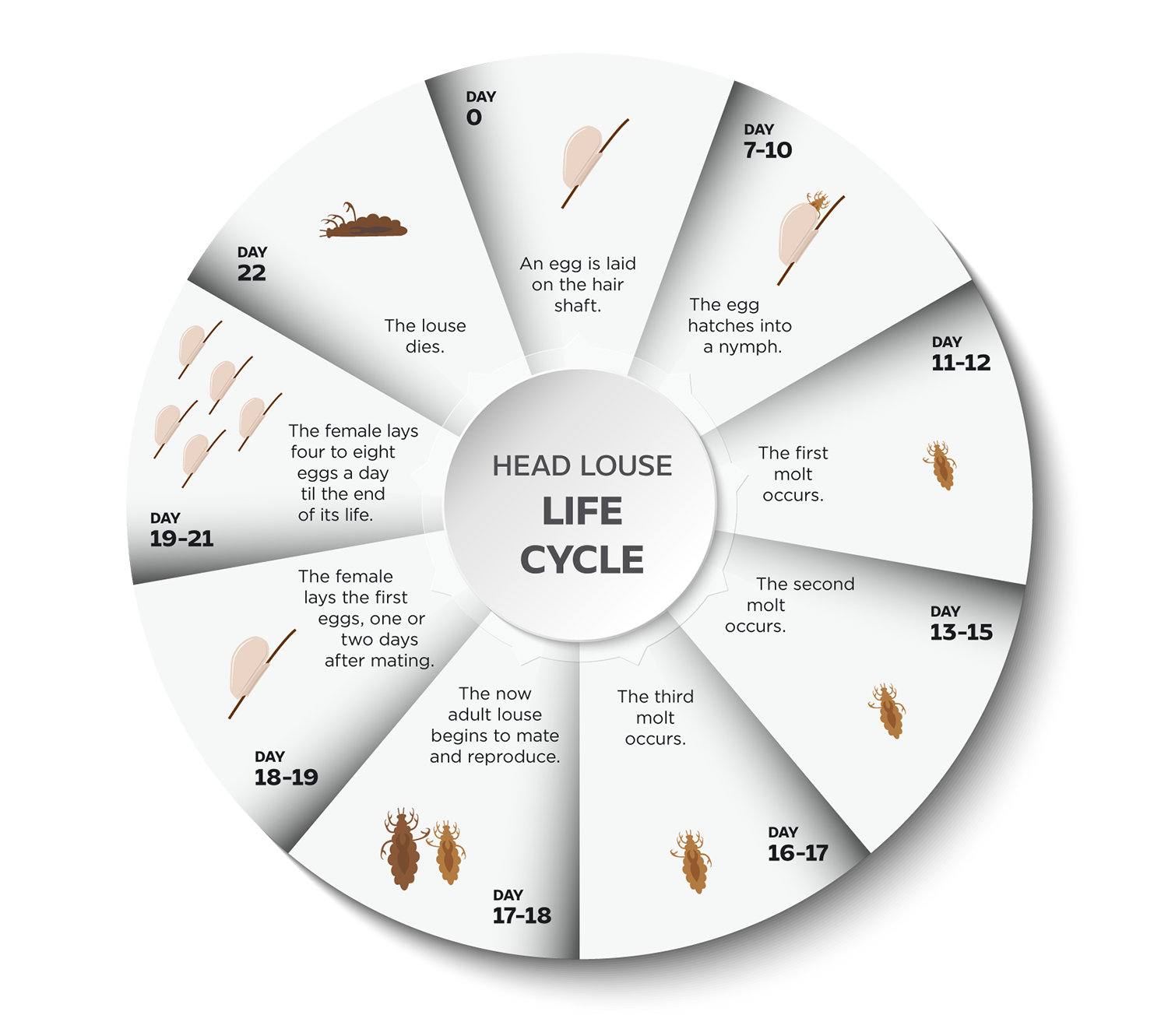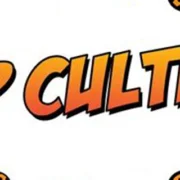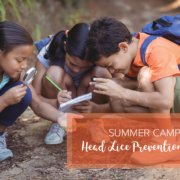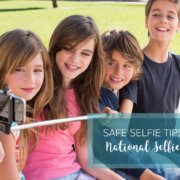Can Chicken Lice Infest Humans?
In recent years, the practice of adopting and raising backyard chickens has risen dramatically in popularity. Hatcheries nationwide have seen sharp increases in sales of baby chicks in 2020, to the tune of 500% of their previous year’s sales, as the COVID-19 pandemic keeps families home and motivates them to become more self-reliant.
But while new chicken caretakers typically anticipate the need for supplies like fencing or coops, some do not anticipate the high likelihood of their chickens becoming infested with chicken lice. That’s right—chickens can get lice! The seemingly sudden appearance of these parasites often has chicken owners worried that as they treat their flock, they may become infested by chicken lice themselves. Fortunately, there is no risk of humans or pets becoming infested by chicken lice. Read on to find out why.
Chicken Lice vs. Human Head Lice
While both humans and chickens can get lice, the physiological features, preferred diet and habitat of these insects differ vastly. Chicken lice reside solely on chickens, as well as wild birds, which can transfer the parasite to domestic flocks. Chicken lice may live specifically in the feathers, around the feet, or on the head. Depending on the species (there are more than one species of chicken lice) their diet may consist of their avian host’s feathers or dead skin. By comparison, human head lice (one of three species that can infest humans) live exclusively on the scalp and feed on human blood. These differences between chicken lice and head lice mean that humans are not at risk of chicken lice infestation.
“We have had several customers over the years contact us, worried about catching chicken lice,” says Sonia Watt, owner of Lice Clinics of America – Texas Lice Removal, which has locations in College Station, Tomball and The Woodlands. “They’re taking care of their own chickens, or they have a friend or a relative with chickens, and they start feeling itchy after petting or handling them. Sometimes they coincidentally have head lice and that’s what’s bothering them, but in every instance, they do not have chicken lice.”
If you feel itchy after handling chickens, it may actually come from bird mites. Bird mites are a parasite that commonly infests chickens, and unlike chicken lice, they do feed on humans as well. If their bird host leaves its nest or coop, the mites may migrate into homes via cracks and crevices in the building’s structure. They seek out human hosts to feed on once they move in. While mites can’t live on humans or inside homes for long, they can absolutely be a nuisance while they are alive.
If you or your family members have itchy scalps or sensations of crawling on the head, pay a visit to Lice Clinics of America – Texas Lice Removal for a professional head check. Our trained experts will be able to confidently identify if what you are experiencing is a case of head lice. If your head check is found to be positive for lice, we’ll be ready to help you with a range of treatment options. Lice Clinics of America clinics exclusively use AirAllé, an FDA-cleared heated-air medical device to safely and effectively treat head lice. In just one hour at our clinic, you and your loved ones can be lice-free.
“We always feel that it’s better to get a head screening with us at the clinic than to wait around and see, and later discover that you’ve had head lice for a while,” says Sonia. “If we discover head lice during your screening, we can take care of it all in one go!”
Lice Clinics of America has successfully treated more than 950,000 cases of head lice. The company has more than 265 clinics in 20 countries, making it the world’s largest network of professional lice treatment centers. Lice Clinics of America – Texas Lice Removal has three locations. College Station is located at 4444 Carter Creek Parkway, Suite 101, Bryan, Texas 77802. Tomball is located at 11601 Spring Cypress, Suite C, Tomball, TX 77377. The Woodlands is located at 2219 Sawdust Road, Suite 2003, The Woodlands, TX 77380. Each location is open seven days a week by appointment. Call 979-481-6144 for College Station, 832-648-619 for Tomball, or 832-957-0373 for The Woodlands or visit https://texasliceremovalclinic.com for more information or to schedule an appointment.
